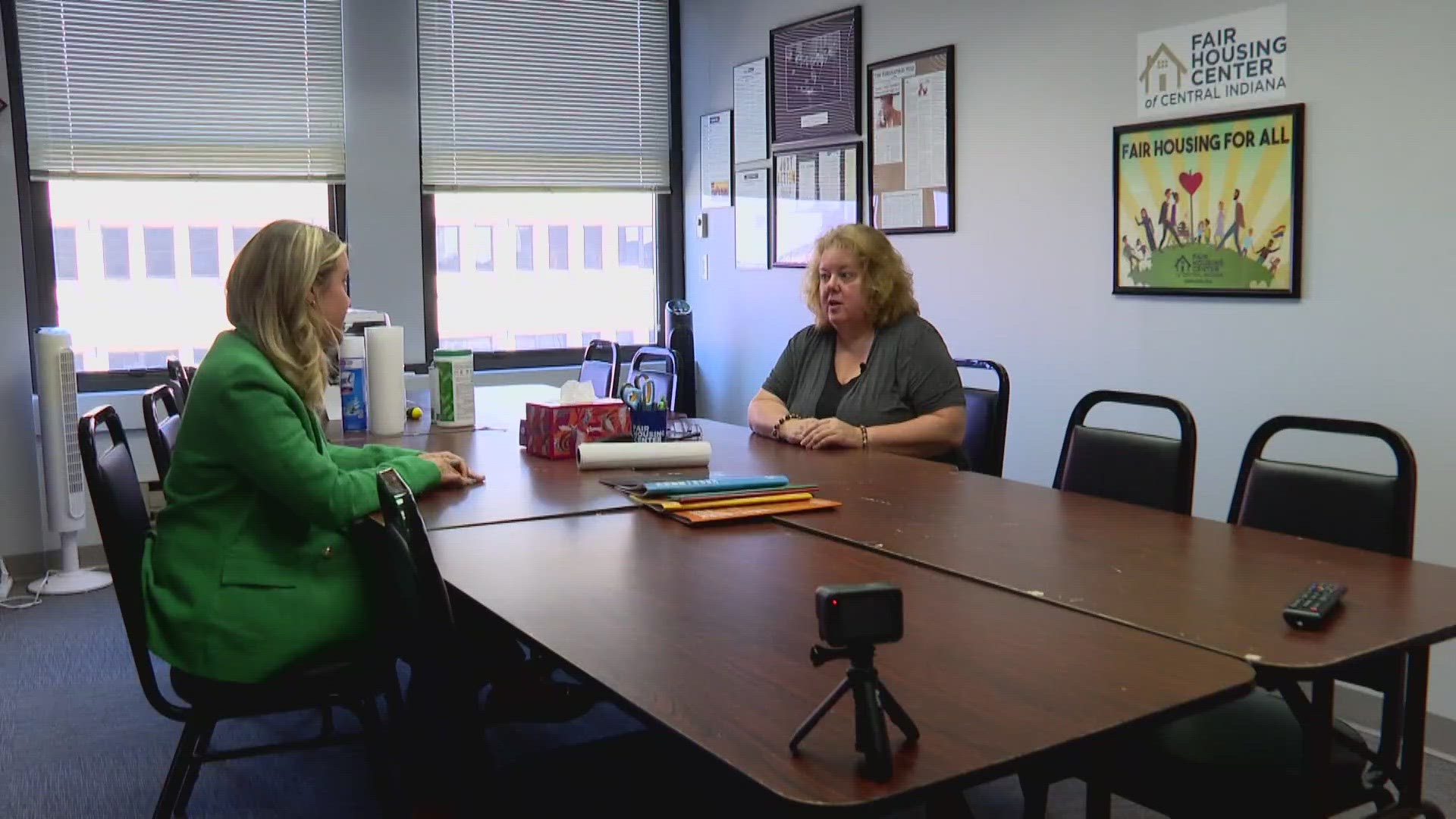MARION COUNTY, INDIANA, Ind. — This month, 13News is looking at key issues impacting Marion County voters in the 2023 election, including in District 2 on the north side.
It includes several popular neighborhoods like Meridian Hills, Nora, Rocky Ripple, Ravenswood and Williams Creek.
Lauren Kostiuk found a lot of people who want to live in that area, but say, finding a home within their budget can be tricky.
Buying a home in District 2
Christy Westergren and her husband just went through the process.
“Our youngest son just graduated from high school, so we are empty-nesters,” Westergren said.
The couple currently lives in Avon but is ready to get back to the city. They started their search in May.
“We are really intrigued to walk to restaurants, walk to shopping, walk to the grocery store, be close to the Monon with our dog,” Westergren said. “We knew that there were a couple of pockets that we were interested in right away.”
Those neighborhoods included Meridian Kessler, Broad Ripple and the Spring Mill area.
“Probably knew going into it that we would be competing with people just because the pockets we were picking are competitive pockets,” Westergren said. “I don’t think we knew how much we had to do in order to get it.”
The couple put in three offers after looking at multiple homes, but none of them went through.
Amy Spillman, with Century 21 Scheetz, is Westergren’s realtor.

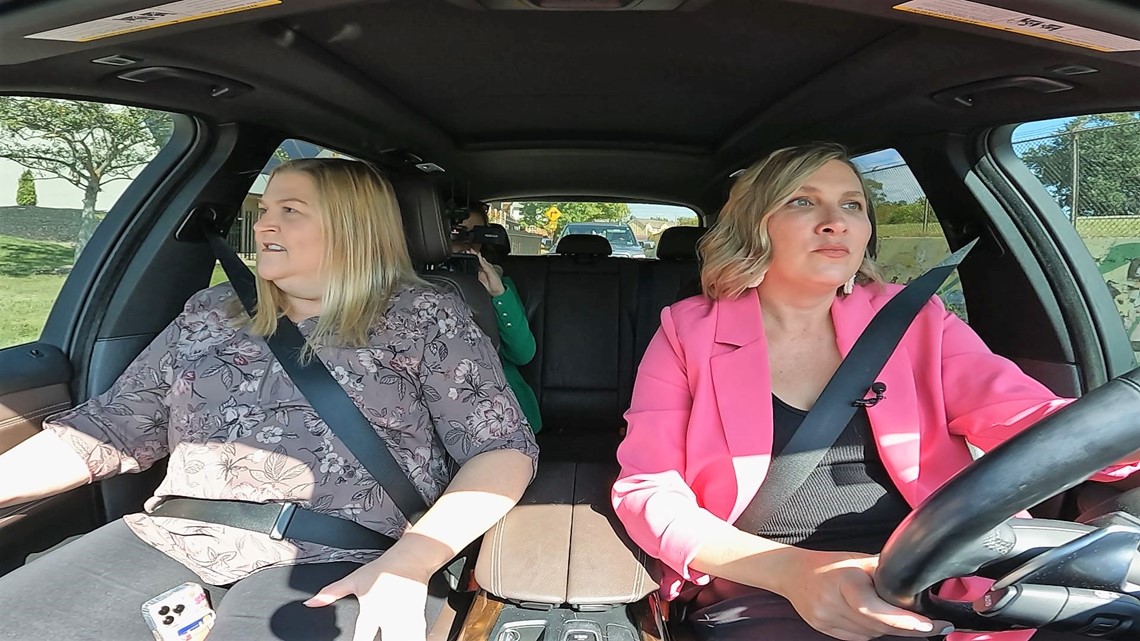
She has been in the real estate industry in central Indiana for five years.
“We have seen, two, three, and four offers coming from a homebuyer before we kind of fine-tune what that exact formula is to secure the house,” Spillman said.
Many of these in-demand areas can also be expensive.
Take the Ravenswood Neighborhood for example. It sits just north of Broad Ripple. According to the real estate website "Redfin,” the average home there sells for more than $222,000.
That's up more than 13% from last year, and it's up almost 70% from September 2018.
Also, the national trends aren’t helping.
“We continue to see prices go up, and we see areas that are very popular continue to be increasing in price and value, but the interest rates are also going up simultaneously. It’s hard to get both of those to fit into one’s budget,” Spillman said. “People are using the phrase, ‘Date the rate, marry the home.’ So maybe find the home you really love and then if you need to change the rate and all of the terms with your loan later, you can do that.”

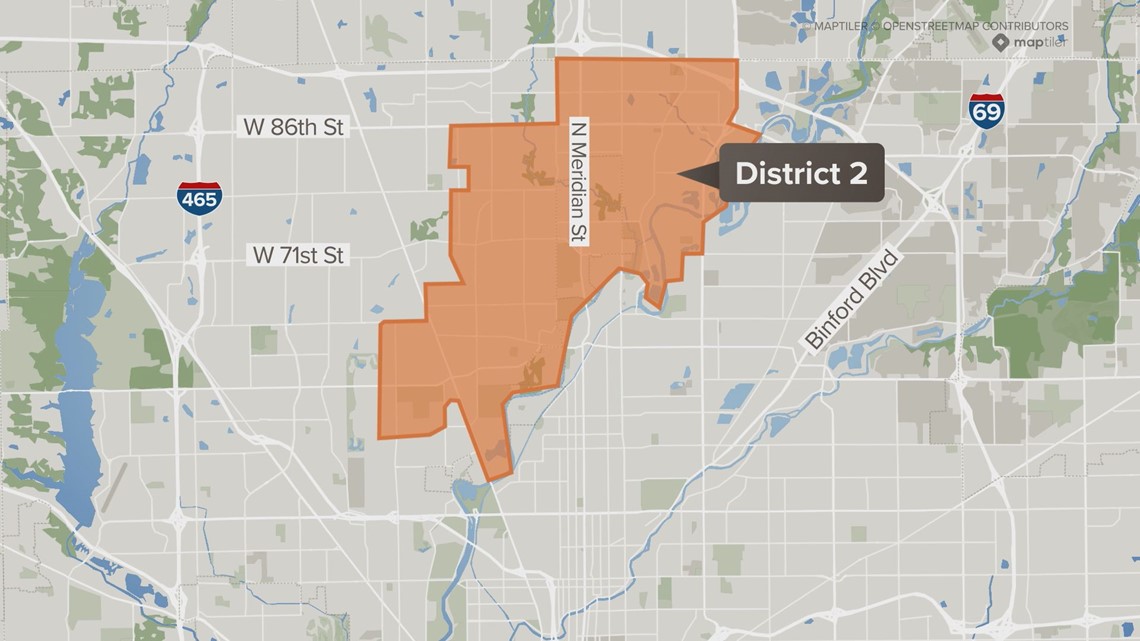
After months of searching and multiple offers, Westergren found a home In Indianapolis outside of District 2 and in South Broad Ripple.
“We honed in on three different pockets of Indianapolis as opposed to just one because I think if we had honed into one, we would still be looking,” Westergren said.
District 2 candidates' perspectives
In District 2, both candidates for City-County Council are aware of how housing prices are impacting their community.
Democrat Brienne Delaney ousted three-decade incumbent Monroe Gray to run in this race. She grew up in Carmel but now calls Indianapolis home.

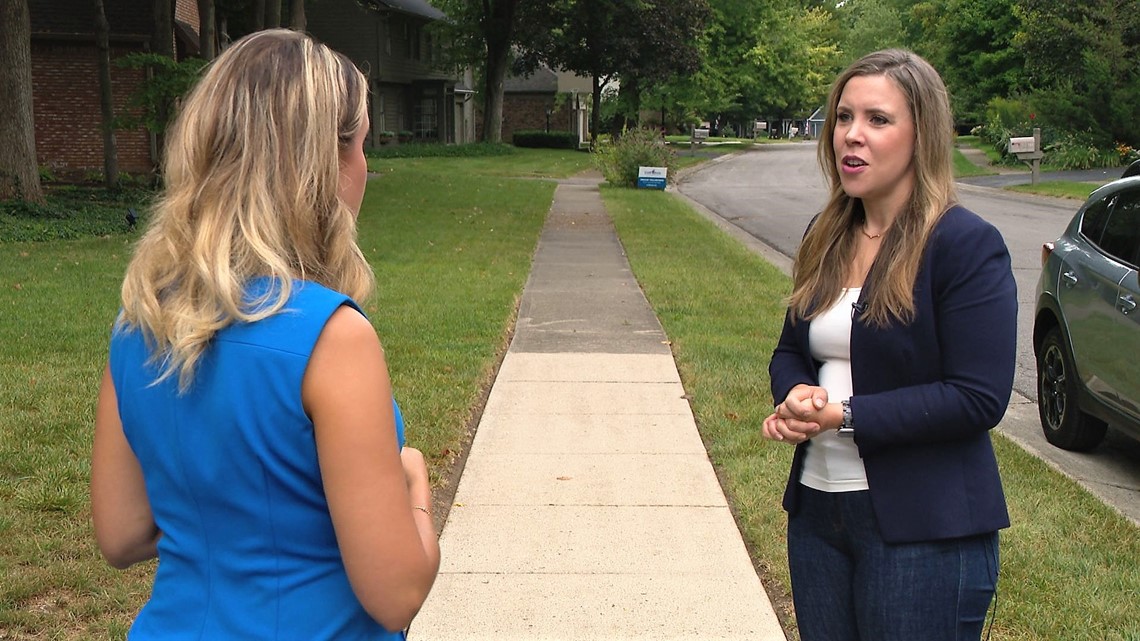
She previously served as the director of elections and as a deputy prosecutor in Marion County.
“The community is home. It’s where my heart is,” the mom and wife said.
While walking around her neighborhood, Delaney said the supply of homes is a big issue when it comes to affordability.
“Indianapolis, for the longest time, had been known as one of the most affordable cities in the U.S., and now, home prices have really started to spike. And that is due to what I believe is our low inventory, our housing supply,” Delaney said. “The city has a lot of assets in terms of real estate, and I think that the city council could subsidize some of the home builders to be able to bring housing prices down by increasing the supply.”
She also is looking at infrastructure to help connect neighborhoods to nearby trails and parks.
“Infrastructure to me doesn’t just mean roads and filling potholes, it also means making sure that we have sidewalks and a safe way to walk and get to work safely,” Delaney said.
Her opponent, Republican Matt Hills, is new to politics. He is a veteran turned businessman who is married with two young sons.

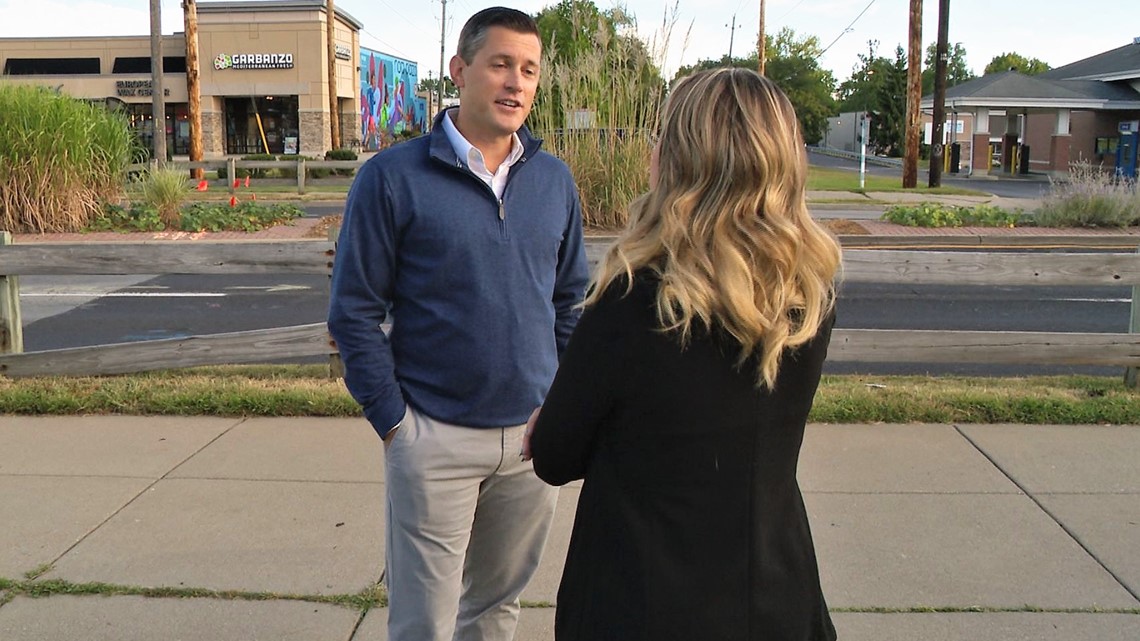
“Previously served in the military for a decade on active duty, and I’ve been in the corporate sector for seven or eight years. And there has always been just this kind of pull to get back and give back to the community in some way,” Hills said. “People really want safe neighborhoods, sustainable infrastructure, and they want a smart economy that helps small businesses.”
Hills said he is focused on connecting existing housing areas to the main districts in the community, saying infrastructure in the district is really lacking.
“We have one apartment complex off Westfield up here. They put in a whole new sidewalk, and they stopped about two blocks short of an entire apartment complex,” Hills said. “Those types of things will bring people here to what really is the heartbeat of Nora, which is right around here in Nora Commons.”
Another area he said is a problem is the Monon Trail crossing on 86th Street. Hills said he would improve the crossing with either a tunnel or bridge.
Hills said he wants to be a leader who listens, is involved in the community and most of all, shows up for the residents.
“The most powerful form of leadership is leadership by example. Be present in your community. Be around, walk the streets, walk the trails, know the neighborhoods, know the names of the neighborhoods, know the leaders,” Hills said. “I think there is just a huge opportunity here for a city councilor to be that representative and really highlight the issues that matter in this district.”
Issue across Marion County
What to do about housing supply is an issue that resonates across Marion County.
Amy Nelson runs the Fair Housing Center of Central Indiana. She said the housing situation in Marion County is growing more tense.
“In Marion County, as well as the state of Indiana, we have a housing crisis,” Nelson said. “Whether you are a renter or you are a homebuyer, you are experiencing just extreme hardship when it comes to being able to access housing of your choice and being able to adequately maintain it.”
For years, Indy sold itself on a low cost of living. Last year, the Federal Reserve said Indianapolis is now an “unaffordable place to live.”
“One thing that certainly has changed in more recent years is where we are starting to see homebuyers being impacted, where before, it was a crisis largely impacting our renters,” Nelson said.
Home sales in Indiana are down about 19% from this time last year, but home prices are still sitting firm at around $250,000 a home on average.
That’s $100,000 more than the average house cost just five years ago.
There is also a shortage of available homes, which Nelson said is being caused by a number of factors. She said there is one that most people don’t know about or notice.

